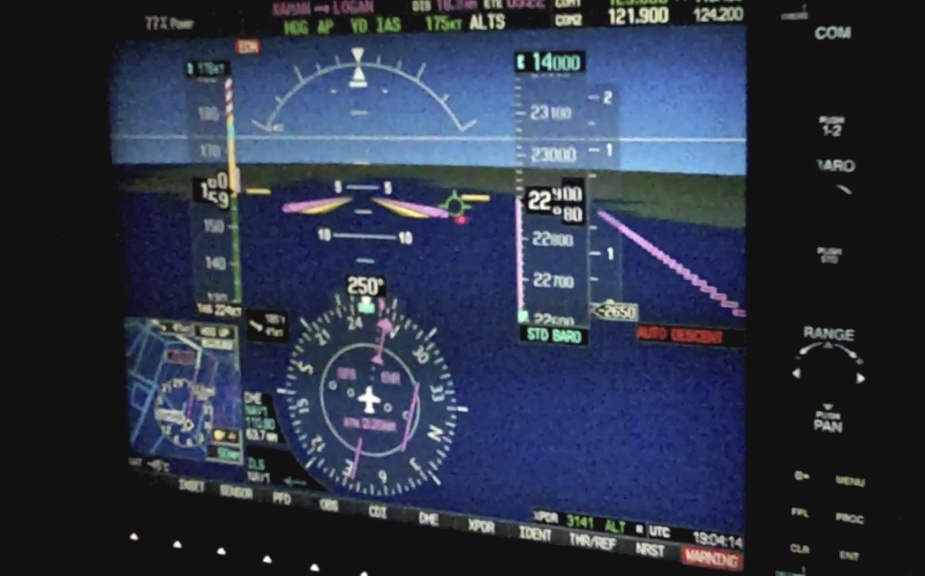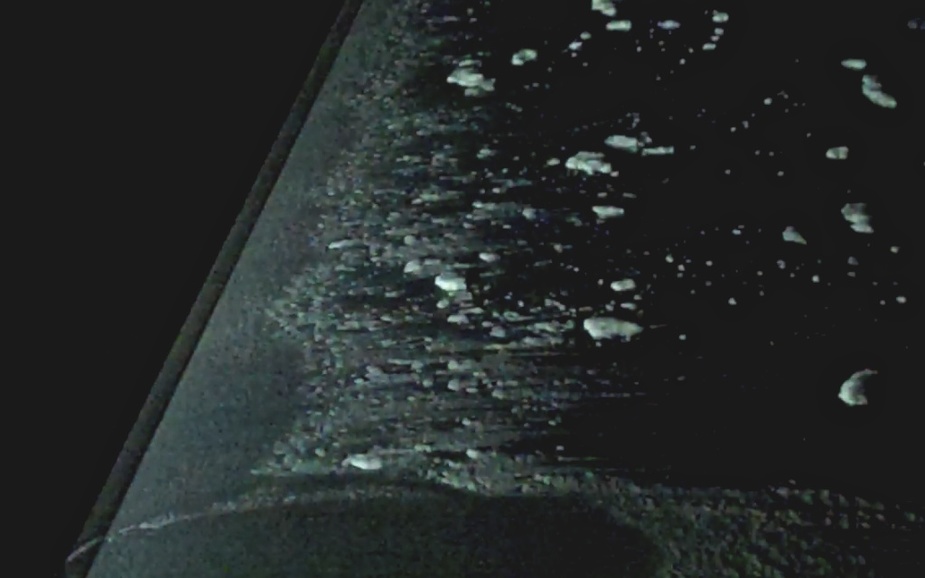generally it’s within the leaning variability
However, if you are using a fuel totaliser, which one does mainly for this reason, the heater fuel flow will probably not be included in that.
My point is that times have moved on, and people are flying planes using a totaliser, not by hoping the POH numbers are right.
Last aircraft I flew with a Janitrol heater didn’t have totalisers or anything clever like that and it made something like a <5% difference in fuel burn. We were never stretching the aircraft to full range so didn’t tend to worry about it too much.
Regarding reliability, we found them quite temperamental. Some more than other’s seemed to trip off quite easily if you increased the heat from them too quickly for their liking. I word it like that as they were all different and one of them in particular seemed to trip off as soon as you set ~50%. This was a real pain as out of 4 aircraft, 2 of them had trip resets in the cockpit and the other 2 had them in the nose, only accessible from outside. There were a couple of occasions we came very very close to diverting on a cold winters night whenever the heater gave up.
What I don’t get is why, after decades of what practically all owners regard as a piece of junk, nobody has developed a better version.
Is it really so hard to burn some avgas in a metal cylinder with a heat exchanger? Perhaps ignition, and flame loss during operation, are the challenges. I know what a bastard it is to light a liquid fuel camping stove 
Maybe what is perceived as the collapse of the piston twin market over the last 20 years or so makes an uninteresting?
Funny that this old thread pops up just as I am working on phase II of my Extra 400’s cabin heat setup.
One of the complaints I heard during my pre-buy research was that the heating was not good. So I asked the shop who did my avionics upgrade to make provisions for various add-ons that I would design after experiencing the issues and fully understanding them. It was a matter of reallocating breakers that had no more use after removal of the corresponding avionics bits and laying out some additional or upgraded cables.
For background, the Extra 400 has a pressurized cabin which uses bleed air from the turbo.
The air is taken POST intercooler and routed through a SCEET spaghetti all around the engine, via a cabin air intercooler, a heater mixer and finally a cabin air mixer.
Temperature logging showed that the heating mixer was installed in an area of the cowl where air temperature was below freezing.
The net result was that cabin inlet air would reach no more than about 20 degrees C or 70 F in cruise at 60% power.
When the OAT sinks deep in minus territory, this is far from enough. Even with the sandwich carbon fiber fuselage’s favorable thermal properties and absence of major leaks, cabin air temperature became unacceptably low in all but sunny conditions. Note that a friend who owns an Aerostar showed me how they installed a second venturi BEFORE the intercooler to bleed much hotter air. I loved the idea but found the prospect of getting this signed off daunting and dropped it.
Extra did install a hair-dryer style electrical auxiliary heater as standard, but this was known for primarily producing burning smells…
In phase I we addressed the plumbing problem by moving the mixers around. The primary objective was to reduce exposure to exhaust leaks although we did reduce plumbing length and unwanted cooling. I cannot say for sure by how much because we removed the loggers,
We also installed seat heating which worked surprisingly well with only about 70 watts per seat. I definitely recommend this solution but it obviously only helps for a part of the body and the feet do feel annoyingly cold in contrast.
In phase II (now) we are implementing removable floor heater panels that slip under the carpet . Two in the cockpit and one in the cabin.
In the cockpit, these connect to the “cigarette” lighter which is served by an upgraded 10 A breaker (on 28 V) and suitable cable section.
The cockpit plates are 50 cm long by 20 cm wide (20 by 8 in) – enough surface area to keep both feet warm in cruise.
The heaters are 6 mm sandwich plates that contain 100 Watts’ worth of heating cable with PTC characteristics, insulation and a 0.8 mm sheet of aluminum that diffuses the heat and acts as a mechanical shield.
Bench test shows these things to deliver 45-50 degree surface temperature. So here is a data point for others: 100 watts deliver 45-50 C surface temperature on 20 × 50 cm…
If it is of interest, I am willing to share sketches and photos, but I’d rather wait for the test flights in January before others adopt this solution.
In the cabin, we have wired a power socket which has its own dedicated cabling and 20 A breaker neatly integrated in the main breaker panel during its redesign.
The plan is to make a 400 watt version of the removable heater plate once we have confirmed effectiveness and absence of issues.
I believe that the combination of a warm floor and warm seats will do the job with the following power budget:
4 × 70 Watts for seat heating
2 × 100 Watts for floor heating in the cockpit
400 Watts for floor heating in the cabin.
A total of 880 watts is no problem for the Extra’s dual alternators which are rated at 100 + 85 A or more than 5 KW.
There’s enough power left to serve the FIKI orchestra.
The choice of PTC heating elements means they are self regulating so we need not worry about overheating or fire risks.
In Phase III I am looking at blowing warm air from behind the crew on the sides of the windshield. Something like an air curtain. The challenge is to do this with a setup that remains removable to avoid the paperwork issue. I can already imagine two 24 volt hair dryers hanging off certified $500 coat hangers…
Hair dryers, or better, 24v ceramic heaters from the truck world.
What does Airbase think of teeing in two coolant hoses and installing an extra radiator in the cabin? Would solve your in-climb heat problem too.
Have those with the Janitrol heaters ever made allowance for their fuel burn ?
The Piper variety consume 1/2 USG per hour. In the context the Aztruck or NeverGo, quite negligible as @Pilot_DAR mentioned.
The dear Aztruck struggles to keep you warm on a winter night at FL100 plus. It is ok with suitable clothing at FL080 unless you are in Nunavut!
Quote
What does Airbase think of teeing in two coolant hoses and installing an extra radiator in the cabin? Would solve your in-climb heat problem too.
Quote
thanks for the idea T28. I have not asked because it is in principle not ok to go through the pressurized firewall unless through existing conduits. This would make them and the A&P IA probably say no – based upon asking the question before.
I have posted the details of the electrical surface heating ( seat, floor) to point out how little power would be used as opposed to the massive demand of air heating.
similar observations can be made in general room heating: air heaters are inferior to so called “infrared” heaters.

I love flying at night, also in winter time. My head is not disturbed with work related stuff, there is not a lot of GA aircraft flying around and usually I have ATC for myself at the altitudes I fly at, which is usually somewhere around FL160-FL180.
So, I wanted to try this Emergency Descent Mode (EDM) on Cirrus SR22T with Garmin Perspective Glass Cockpit. This autopilot feature flies the aircraft down to a safer altitude due to lack of oxygen at higher altitudes.
So one Saturday night we left from Rotterdam and filed a flight plan to Calais with as alternate Rotterdam again and a route taking us towards London City at FL250. The temperatures were low already on the ground, so I remember we could not make it exactly to FL250 due to reaching the aircraft limitations which was somewhere like -40 or -45 degrees C. Out of curiosity I activated the FIKI/TKS system which resulted in foamed up TKS fluid on the wings. Interesting : -)
But back to flying at low temperatures: in the Cirrus SR22T I have no problems keeping warm inside at low outside temperatures. I also fly sometimes the DA42 and due to the design with the engines not in front but to the sides on the wings, I have trouble keeping warm inside at low outside temperatures. I have also been flying the Piper PA34-200T Twin and I hate that heater unit in the back. It often failed on me in-flight and I had to crawl into the back to reset it after I had landed.

Bleed air heat today, so lots of heat (the guys in the back asking me to turn it down). -17C on the runway, -14C at 5000 feet, so an inversion, but otherwise a nice day!
Dont worry. Even A320 can be really cold in the cocpit. Especially at night above 2 hours.
Feet are freezing.